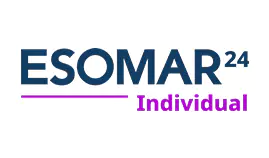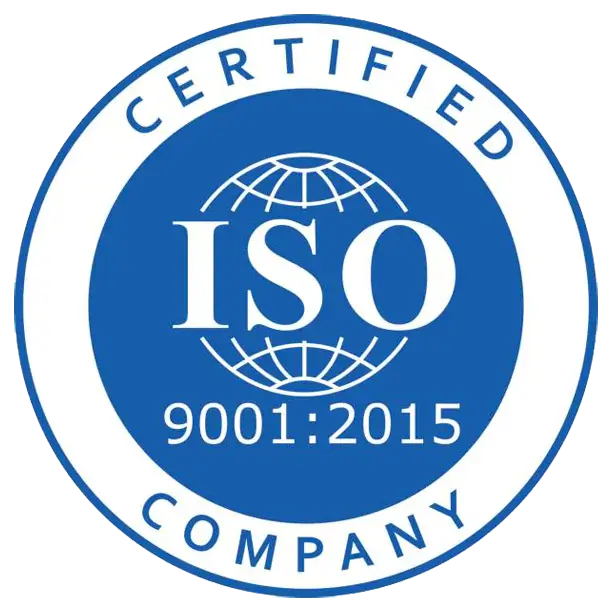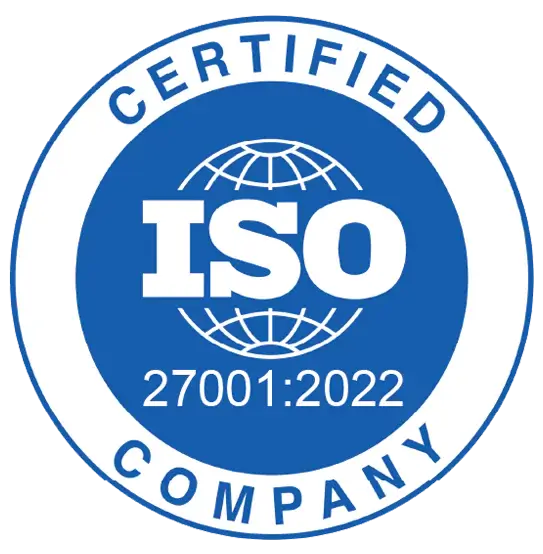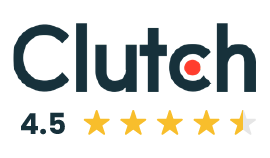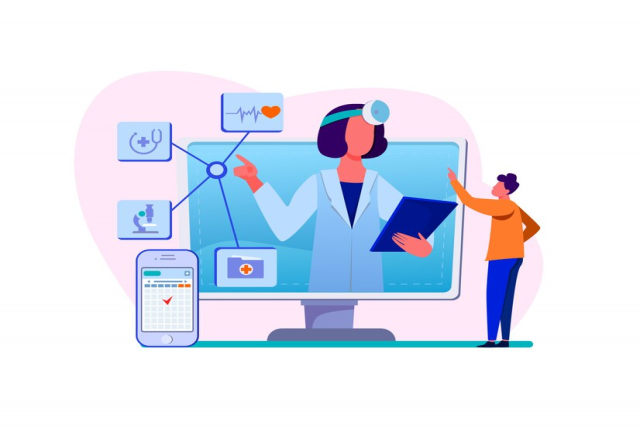
Telemedicine has gained popularity, especially after COVID-19, which showed that most healthcare services can be delivered remotely. About 57 million people employed online doctor consultations in 2019 globally while this figure rose to over 116 million in 2024. The number of telemedicine users is expected to increase in the following years, but not as dramatically as in 2020 and 2021.
With telehealth on the rise, it is timely for healthcare organizations, start-ups and businesses to consider creating telemedicine solutions.
This guide will provide an overview of the steps for creating a telemedicine app in 2024 by discussing the fundamental elements, technology solutions, legal requirements, business strategies, and other aspects.
Understanding Telemedicine Application Users and Features
The first step is gaining a solid grasp of your target users and defining the primary features and functionality required in your telemedicine application development.
Key User Categories
There are three main categories of users for a telehealth app:
- Patients: Those who wish to access consultation, prescription, referrals, and many other services from healthcare providers through the app.
- Doctors: The individual providers who are contracted through the platform and are licensed physicians, specialists, and other healthcare providers who offer virtual care.
- Admins: Provider credentials, patient records, and application operations are managed by the staff.
Understanding user needs across these groups will inform technical requirements for companies that provide telemedicine app development services if you want to use outsourcing solutions.
Core Feature Set
While additional capabilities may prove useful down the line, aim to launch an MVP telemedicine app with these table-stakes features:
- Video conferencing: Real-time audio/video chat is essential for remote consultation and patient examination.
- Health records: Keep track of the patient’s medical history, visit notes, laboratory tests and other records.
- Prescription handling: Let providers prescribe medications through electronic means.
- Payment processing: Allow patients to make payments for consultations and doctors to get paid.
- Scheduling: Make it possible for appointments to be made depending on the availability of the provider.
It is advisable to pilot these features on target users to determine their usability and effectiveness before going to the market.
Selecting the Optimal Tech Stack
The next key step in telehealth app development is choosing technology solutions that will power your product vision and feature set while enabling efficient iteration.
Mobile App Development
The two primary ways through which patients and doctors will engage your telemedicine platform will be through mobile applications. Evaluate these mobile app development approaches for your tech stack:
- Applications developed for individual platforms such as iOS and Android are the most effective but are time-consuming and expensive to develop.
- Frameworks like React Native enable sharing of code across the different mobile operating systems but can affect user experience.
- Hybrid approaches incorporate a native container that hosts web content; consider Apache Cordova.
Choose a strategy for managing the trade-off between development costs and user satisfaction.
Web App Development
A web application that can be run on browsers and works on desktops will also be necessary for doctors and admin who manage patients’ records, prescriptions among others.
- Choose a JavaScript framework such as Angular, React or Vue. js to create an engaging single-page web application.
- Ensure that the website complies with the web accessibility guidelines for the best experience.
- Support all major browsers: Google Chrome, Mozilla Firefox, Apple Safari, and Microsoft Edge.
Backend Technology Choices
Robust server-side technology is essential for storing health data, facilitating real-time video chat, connecting mobile and web front-ends and more.
- Node.js is a scalable JavaScript runtime that is well-suited for real-time apps.
- MySQL and MongoDB are proven open-source database options.
- AWS services like S3, EC2, and RDS provide rock-solid cloud infrastructure.
Consider third-party telehealth APIs like Chiron Health to accelerate development.
Prioritizing Security and Compliance
Telemedicine app development introduces stringent data privacy and compliance considerations, including:
- HIPAA: Protecting personal health information (PHI) as per the Health Insurance Portability and Accountability Act.
- GDPR: Handling EU user data according to General Data Protection Regulation principles.
- PCI DSS: Storing and transmitting payment information securely.
- Access control: Applying role-based access limits.
Work with security consultants and legal counsel to implement requisite safeguards in alignment with telemedicine app compliance best practices.
Monetizing Your Telehealth Platform
Once core functionality is proven out, telemedicine app monetization models include:
- Customer and membership options for patients and providers
- Consumption-based charges per consultation or service
- Some of the sources of revenue include referral fees from other healthcare organizations
- Branded content from brands that are related to the article or blog
When it comes to the telemedicine application development, it is crucial to focus not only on acquiring users but also on making money. When thinking about the process of changing the monetization mix, it is necessary to reduce friction with the help of a freemium model.
Validating Your Telehealth MVP
Upon completing an MVP telemedicine app build encompassing the key components above, focus on validation through real-world user testing.
Prioritize Provider-Patient Testing
Invite select physicians and patients to test real-time consultations, prescription handling, health record management and appointments. Based on their feedback, address UX pain points and refine workflows.
Capture User Analytics
Instrument analytics software like Mixpanel to capture in-depth usage data. Analyze session times, feature adoption and drop-off rates to guide optimization.
Targeted User Surveys
Distribute post-session surveys to capture direct user input on telemedicine app satisfaction. Let this qualitative data shape ongoing product and technical priorities before the full launch.
This commitment to rapid iteration based on tangible provider-patient testing data is key to long-term telehealth app development success.
Launching and Expanding Your Telemedicine App
With a foundation of core functionality and encouraging MVP testing outcomes, you’re ready to execute go-to-market strategies for regional or national telehealth app expansion.
Drive User Adoption
Allocate marketing resources to focused patient and physician acquisition campaigns in priority regions. Promote availability, insurance coverage and benefits while minimizing signup friction.
Grow Your Provider Network
Onboard additional doctors, specialists and health systems to expand serviceable categories and geographic reach. Ensure thorough vetting and training to maintain quality standards.
Track KPIs
Continuously monitor key metrics on registration rates, consultation volume, patient outcomes, user satisfaction and revenue to inform scale-up initiatives and feature investment.
Explore Emerging Integrations
As telemedicine matures in 2024, pursue API integrations with wearables, remote monitoring tools, EHR systems and health payment platforms for deeper engagement.
The telehealth landscape will continue evolving rapidly. This guide should equip your team to build, validate and scale a telemedicine app capable of improving patient outcomes and capturing market share. Revisit user needs, technical implementation and compliance considerations early and often to thrive.


